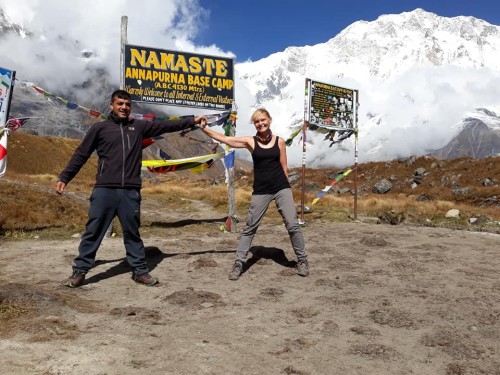Food and Drinks on Trekking in Nepal
26th Mar, 2025
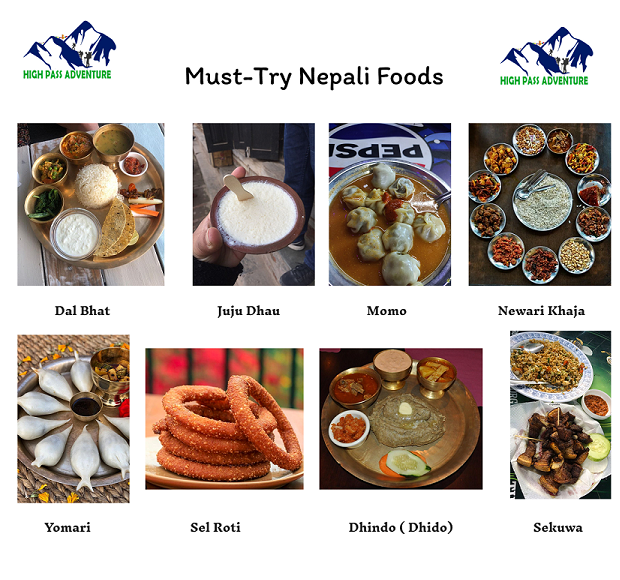
Trekking in Nepal offers a unique culinary experience, blending traditional Nepali dishes with international options, depending on the trekking region and altitude. The food you'll encounter is simple yet satisfying, providing the necessary energy to keep trekkers going during long trekking days. The solitary walk through the Himalayan ranges of Nepal is peaceful and introspective. Trekking in Nepal isn’t just about experiencing the breathtaking natural beauty and rich cultural heritage—it’s also an opportunity to enjoy delicious Nepali cuisine. From popular trekking routes like the Everest, Annapurna, and Langtang regions to less-traveled trails such as the Manaslu Circuit and Kanchenjunga Base Camp Trek, each journey offers a unique taste of local flavors along the way.
Table of Contents
This article helps the available foods and beverages during trekking in Nepal. Having good food means a good mood, so knowing what to eat on your trek can be incredibly helpful. Spoiled food can make you sick and negatively affect your overall experience. Your food choices play an important role in keeping you energized throughout the trekking day.
Traditional Nepali Food
Dal Bhat (Lentil Soup with Rice): Traditional Nepali food is simple, nutritious, and deeply influenced by local ingredients and culture. The staple diet consists of Dal Bhat, a meal of lentil soup (dal) and rice (bhat), often served with vegetable curry, pickles, and sometimes meat. It provides essential energy, protein, and nutrients, making it a favorite among trekkers. The taste of Dal Bhat varies in different places due to the quality of rice, vegetables, and altitude. Dal Bhat is typically served until one is fully satisfied; ensuring trekkers get enough food to sustain their journey.
Momo (Dumplings): Momo is a common dish in Nepal and a favorite food among both locals and trekkers of all ages. These dumplings, either steamed or fried, are filled with minced meat (usually chicken, buffalo, or yak) or vegetables. Momo is a popular snack or appetizer, often served with a spicy dipping sauce. It is an ideal meal after a long day of trekking or during a break. Cooking momo takes a bit of time, and different places serve them in varying shapes with different types of sauces.
Puri Tarkari: Puri Tarkari is a popular traditional Nepali dish consisting of Puri (deep-fried, puffy bread made from wheat flour) and Tarkari (vegetable curry). It is a flavorful and satisfying meal, often enjoyed for breakfast or on special occasions. You can also find it along trekking routes, but if it is not on the menu, you may need to order it in advance.
The Puri is made by kneading wheat flour into dough, rolling it into small discs, and deep-frying it until golden brown and crispy. The accompanying Tarkari is typically a mildly spiced potato curry, sometimes mixed with peas, carrots, or other seasonal vegetables, cooked with turmeric, cumin, coriander, and other spices.
This dish is commonly served during religious festivals, family gatherings, and celebrations in Nepali villages. It is often paired with Achar (pickle) or curd, enhancing its taste. The combination of crispy Puris and flavorful Tarkari makes it a delicious and fulfilling meal.
Dhido and Gundruk: Together, Dhido and Gundruk form a hearty, traditional Nepali meal, providing essential nutrients and flavors for those living in Nepal’s hills and mountain regions. Dhido is a traditional Nepali dish made from buckwheat, corn, or millet flour. It is a staple in rural parts of Nepal, especially in the hilly and mountainous regions. To prepare Dhido, the flour is slowly stirred into boiling water until it thickens into a dense, smooth consistency. It is often served with vegetable curry, lentils, or pickles. Dhido is considered a nutritious and filling meal, providing essential energy for the body, making it ideal for trekking and daily life in the mountains. Unlike rice or bread, it has a unique, slightly chewy texture and a mild, earthy flavor.
Gundruk is another traditional Nepali food made from fermented leafy greens (usually mustard or spinach leaves). The leaves are fermented and dried, turning them into a tangy, sour ingredient. Gundruk is often used in soups or as a side dish. It can also be made into a pickle, mixed with spices, and served as a condiment alongside rice and other dishes.
Satu-Tsampa: Satu (also known as Tsampa) is a traditional Nepali and Tibetan dish made from roasted barley flour or wheat flour. It is commonly consumed in the form of porridge or paste mixed with water, milk, or sometimes butter tea. In rural areas, it is often eaten as a quick, energy-boosting snack, especially for trekkers or laborers who need a high-energy food source. It is typically flavored with sugar, salt, or spices and can be eaten with curd or vegetables. Satu is considered a healthy, filling food that provides vital nutrients, especially in hilly and mountainous regions where other food options may be scarce.
Thukpa (Local Noodle Soup): Thukpa is a popular, hearty local noodle soup originating from Tibet but widely enjoyed in Nepal, especially in mountainous regions. It’s a comforting and warming dish, often consumed by trekkers and locals alike, particularly in cold weather. The soup consists of local noodles, typically made from wheat or rice, served in a flavorful broth made with vegetables, meat (chicken, yak, or mutton), and a mix of spices. Common vegetables used in Thukpa include carrots, onions, cabbage, and sometimes spinach. The broth is usually seasoned with garlic, ginger, turmeric, and chili, giving it a rich, aromatic flavor.
Potatoes Items: Potatoes are a versatile and widely used ingredient in Nepali cuisine. They appear in a variety of dishes, from curries to fried snacks, and are a staple food for many families. Potatoes are often combined with other vegetables, lentils, or meats to create hearty meals.
One of the most common potato dishes in Nepal is Aloo Tarkari, a simple potato curry made with spices like turmeric, cumin, coriander, and ginger, often served with rice or roti (flatbread). Momo (Nepali dumplings) is also a popular dish, where potato stuffing can be used in place of meat or vegetables.
Another traditional dish featuring potatoes is Aloo Paratha, a stuffed flatbread with spiced mashed potatoes inside, typically enjoyed as breakfast or a snack. In the mountainous regions, where fresh vegetables are limited, potatoes are a reliable and nutritious food source, providing essential carbohydrates and energy for trekking or everyday meals. Whether boiled, fried, or curried, potatoes hold an important place in the Nepali diet, offering warmth and comfort in many traditional meals.
Traditional Nepali Beverages - Drinks
Nepal has a rich variety of traditional beverages, both alcoholic and non-alcoholic, deeply rooted in its culture and daily life.
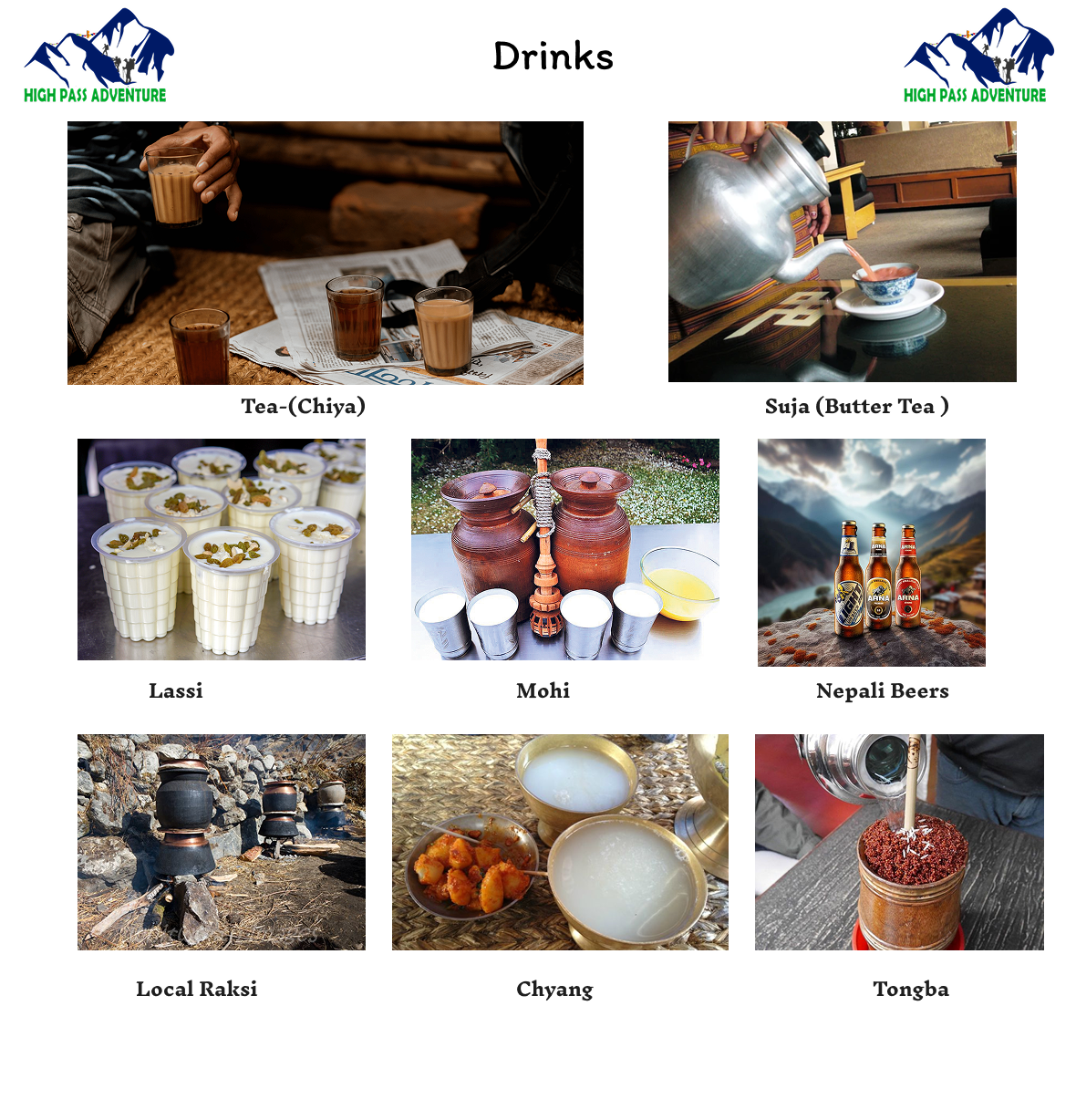 Chiya (Nepali Tea): Chiya is the Nepali word for tea, a spiced milk tea similar to Indian chai. It is made with black tea, milk, sugar, and spices such as cardamom, ginger, and cloves. A daily staple in Nepali households, chiya is often offered to guests as a sign of hospitality.
Chiya (Nepali Tea): Chiya is the Nepali word for tea, a spiced milk tea similar to Indian chai. It is made with black tea, milk, sugar, and spices such as cardamom, ginger, and cloves. A daily staple in Nepali households, chiya is often offered to guests as a sign of hospitality.
Tongba (Millet Beer): Tongba is a traditional fermented millet-based alcoholic beverage popular among indigenous communities in Nepal's eastern hilly regions, such as the Limbu and Rai people. However, it is now enjoyed across various hilly regions of Nepal. Served in a wooden, plastic, or bamboo container, it is consumed by pouring hot water over fermented millet, allowing it to ferment continuously. Best enjoyed in cold weather, Tongba provides warmth and is a favorite local drink during chilly conditions.
Chhang (Rice Beer): Chhang, also known as Jad, is a traditional homemade rice beer commonly enjoyed in Buddhist communities such as the Sherpas, Rais, Magars, Tamangs, and Newars. Mildly alcoholic, it is often consumed during festivals and religious ceremonies. However, trekkers can also find it in small local restaurants and tea shops along trekking routes in Nepal.
Raksi (Traditional Distilled Liquor): Raksi is a traditional Nepali homemade wine, a strong distilled spirit made from rice, millet, or wheat. It is popular among the Magar, Gurung, Sherpa, Rai, and Newar communities and is often served warm during cultural and religious ceremonies. While primarily a ceremonial drink, trekkers can also find it in small local restaurants and tea shops along trekking routes in Nepal.
Suja (Butter Tea): Suja, also known as butter tea, is a traditional Tibetan-style tea widely consumed in the hilly and mountainous regions of Nepal. Made by mixing yak butter, salt, and tea leaves, it is a staple among Sherpa and Tibetan communities. Suja provides essential energy and warmth, making it especially beneficial for those living and trekking at high altitudes.
Recommended food for Trekking in Nepal
When trekking in Nepal, it's important to fuel your body with foods that are nutritious, lightweight, and energy-boosting. Below are some recommended foods options that can help keep you energized and well-nourished during your trekking adventure:
Breakfast items
- Porridge (often oats or rice porridge)
- Muesli, Cornflakes with milk
- Local Bread with Jam or Butter (called Tibetan bread)
- Toast with Jam, honey or butter
- Aloo Paratha (flatbread stuffed with spiced potatoes)
- Puri Tarkari (deep-fried bread with vegetable curry)
- Chapati (flatbread) with lentils or curry
- Eggs items
- Pancake
- Fried potatoes
- Set Breakfast
- Tea or Coffee (with sugar or milk, often served with breakfast)
Lunch and dinner Items
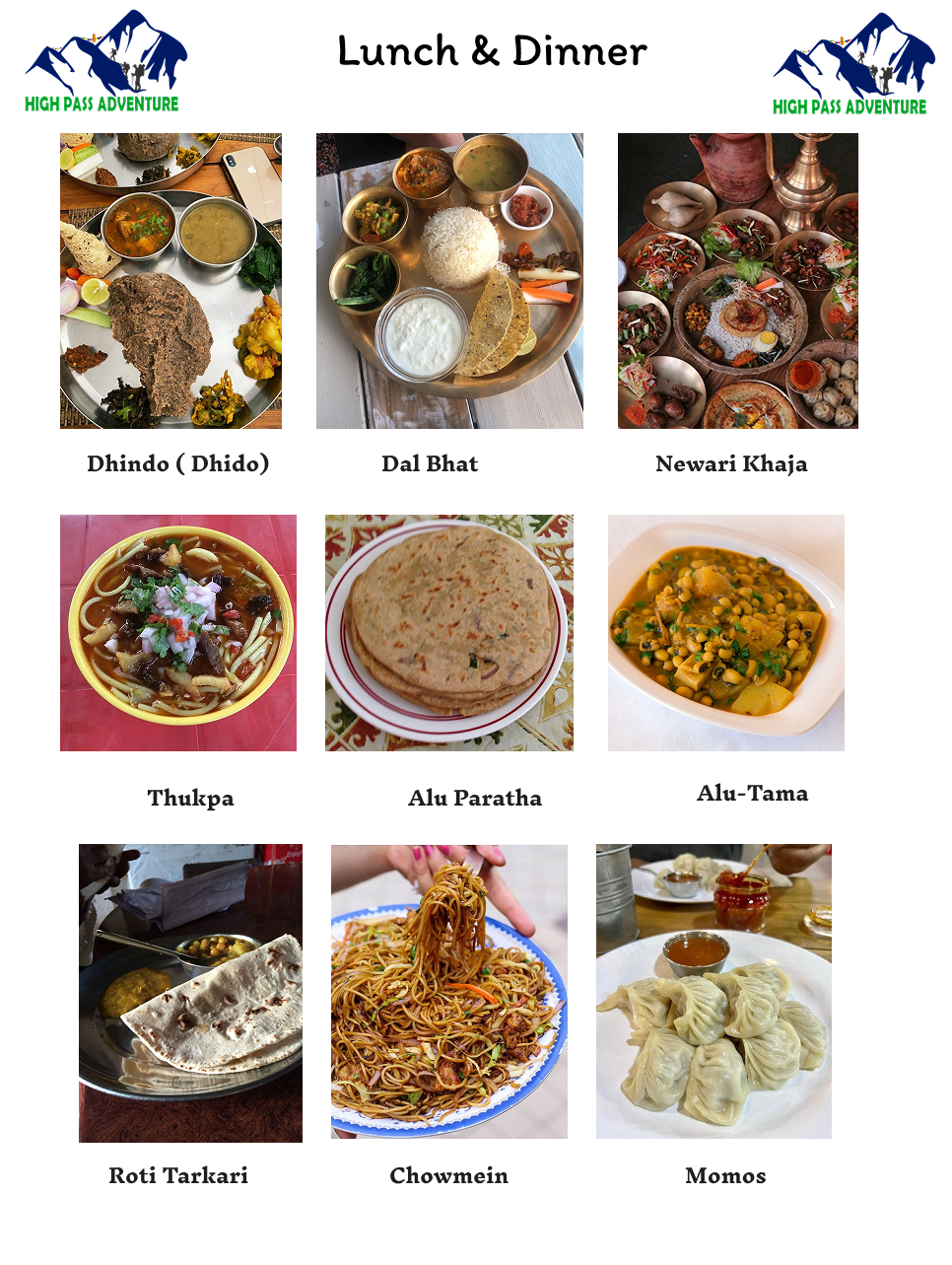
- Dal Bhat (lentil soup with rice, often served with vegetables or meat)
- Aloo Tarkari (potato curry, typically served with rice or roti)
- Momo (steamed or fried dumplings, often filled with vegetables or meat)
- Fried Rice (with vegetables, eggs, or meat)
- Noodles (vegetable or meat noodle soup)
- Thukpa (Tibetan noodle soup with vegetables or meat)
- Chapati (flatbread served with curry or lentils)
- Vegetable or Chicken Curry (served with rice or bread)
- Sandwich (made with bread, cheese, and vegetables or meat)
- All types of Pizza items
- Pasta and spaghetti
- Fried Noodles
- Fried Potatoes
Snack Items
- Momo (steamed or fried dumplings, typically filled with vegetables or meat)
- Samosa (fried pastry filled with spiced potatoes and peas)
- Pakauda (fried mixed with spiced vegetable and onion)
- Roasted Corn (grilled corn on the cob, often found along trekking routes)
- Peanuts or Trail Mix (a mix of nuts, dried fruits, and sometimes seeds)
- Biscuits or Cookies (light snacks, often available in trekking tea houses)
Dessert items
- Rice Pudding (Kheer) (a creamy, sweet dessert made with rice, milk, and sugar, flavored with cardamom or saffron)
- Juju Dhau (a traditional sweet yogurt dessert from Bhaktapur, served in small clay pots, creamy and rich)
- Halwa (a sweet, dense dessert made from ingredients like carrots, lentils, or semolina, cooked with ghee and sugar)
- Fruit Salad (fresh fruits like apples, bananas, and oranges, sometimes served with sugar or honey)
- Barfi (a milk-based sweet dessert, often flavored with cardamom and garnished with nuts)
- Laddu (sweet, round balls made from flour, ghee, and sugar, often with nuts or raisins)
- Apple Pie (available in some trekking areas, made with locally grown apples, offering a warm, comforting dessert)
- Cake (Available in some trekking areas, made with locally indigenous ingredients, offering a warm, comforting dessert)
- Chocolate pudding and mars chocolate roll.
Food at High Altitudes
The higher you go on the trek, the more limited the food options become. At higher altitudes (above 4,000m), like Dharmasala, Thorong Phedi and Gorakshep, you’ll mainly find dal bhat, simple vegetable dishes, potatoes, and noodle soups. Most of the teahouses at high altitudes have basic kitchens, and fresh produce is limited, so meals may become repetitive. Carrying dry snacks is highly recommended for all trekkers.
Best Food for Reduce the altitude sickness
Altitude sickness, or acute mountain sickness, occurs when you ascend to high altitudes too quickly, leading to symptoms like headache, nausea, dizziness, and fatigue. Proper nutrition can help prevent or reduce its severity by providing essential energy and nutrients. Foods that support acclimatization and may help reduce altitude sickness include hydrating options like water and fruits with high water content, carbohydrate-rich foods, iron-rich foods, high-energy snacks, ginger, and garlic.
Drinks during the Trekking in Nepal
Staying hydrated is crucial during trekking in Nepal, especially at high altitudes, as dehydration can contribute to fatigue, headaches, and altitude sickness. Choosing the right drinks helps maintain energy levels, improve acclimatization, and keep you warm in cold weather. Water is the most essential, and it is recommended to drink at least three to four liters per day to prevent dehydration. Use water purification tablets or filters when refilling directly from streams or taps, and avoid untreated water as it may contain bacteria or parasites. Hot water and bottled water are often available in teahouses for a fee.
Drinking herbal teas is great for warmth and acclimatization and offers various health benefits. Ginger tea aids digestion, reduces nausea, and warms the body. Lemon tea is rich in vitamin C and supports immunity. Mint tea soothes the stomach and aids digestion. Honey tea provides energy and soothes the throat in the dry mountain air.
Garlic soup and garlic tea are natural remedies for altitude sickness, as they improve blood circulation and oxygen absorption. Many trekkers drink them to aid acclimatization. Hot lemon, a popular warm drink in teahouses, combines fresh lemon juice with hot water, providing vitamin C and helping to prevent sore throats caused by cold, dry air.
Black tea and milk tea (chiya) come in different varieties. Masala tea, a Nepali favorite, is spiced with cardamom, cinnamon, and ginger, making it great for warmth. Milk tea (dudh chiya) is a strong tea mixed with milk and sugar for energy, while black tea is a simple option with caffeine to help with morning fatigue.
Coffee is also available in teahouses, usually as instant coffee (Nescafé). However, excessive coffee consumption should be avoided, as caffeine can contribute to dehydration at high altitudes. Yak butter tea (su cha), a traditional Tibetan/Nepali drink made with butter, tea, and salt, is high in calories and helps keep you warm.
Drinks to AVOID During Trekking in Nepal
While staying hydrated is essential for a successful trek, some drinks can do more harm than good, especially at high altitudes. Here are the types of drinks you should avoid during trekking in Nepal:
Alcohol (Beer, Wine, Raksi, etc.) – Increases the risk of altitude sickness by reducing oxygen absorption, making it harder to acclimatize. In some areas, drinking alcohol is discouraged or not allowed.
Carbonated Soft Drinks (Coke, Fanta, Pepsi, etc.) – High in sugar, providing a short energy boost but leading to crashes. These drinks can contribute to dehydration rather than replenishing fluids.
Unfiltered Tap Water / Stream Water – Should be avoided due to the risk of bacterial contamination, which can cause diarrhea, stomach infections, or Giardia. Always use a water filter or purification tablets before drinking.
Too Much Coffee – Caffeine is a diuretic, increasing urination and causing dehydration. It can also raise heart rate, potentially worsening altitude sickness symptoms, and may disrupt sleep, which is already challenging at high altitudes.
FAQ
What do trekkers eat in Nepal trekking?
During trekking in Nepal, trekkers typically eat hearty and energy-rich meals that support long days of walking in high-altitude conditions. These meals are provided by teahouses, lodges, and restaurants and you can choose from a food menu but trekking field staff coocked the food during the camping trek. The most common and popular meal is Dal Bhat Tarkari, a traditional Nepali dish consisting of steamed rice, lentil soup, and seasonal vegetable curry—often served with pickles and sometimes meat. Other common foods include noodles, momos (dumplings), fried rice, pasta, chapati, and potato dishes. For breakfast, options like porridge, Tibetan bread, eggs, pancakes, and tea or coffee are widely available. Meals are generally simple but nourishing, and many teahouses along trekking routes offer a fixed menu with both local and some international choices, such as pasta, pizza, and more.
Which food is best for trekking in Nepal?
The best food for trekking is nutritious, energy-dense, and easy to digest, helping maintain strength and stamina throughout long hiking days in the Himalaya region. Carbohydrate-rich meals such as rice, pasta, noodles, potatoes, and whole grains provide essential energy, while proteins like eggs, lentils, beans, and lean meats aid muscle recovery. Fresh or cooked vegetables supply necessary vitamins and minerals, and healthy fats from nuts, seeds, and cheese offer long-lasting energy. Hydrating drinks like herbal tea, soup, and electrolyte mixes are also important. Snacks like energy bars, dried fruits, and chocolates are ideal for quick boosts. Overall, a balanced diet combining carbs, proteins, and healthy fats is best for trekking performance and endurance.
What do trekkers eat on the Everest Base Camp Trek?
On the Everest Base Camp Trek, trekkers typically eat simple, nutritious meals that are designed to provide energy and aid acclimatization in high-altitude conditions. The most common dish is dal bhat tarkari—a traditional Nepali meal of steamed rice, lentil soup, and seasonal vegetable curry, often served with pickles and sometimes meat. Other popular options include noodles, fried rice, pasta, momos (dumplings), soups, and potatoes prepared in various styles. Breakfast usually includes porridge, Tibetan bread, eggs, pancakes, and tea or coffee. Most teahouses along the trail offer a fixed menu with both Nepali and basic Western choices, ensuring trekkers receive sufficient calories, hydration, and nutrition to sustain their multi-day journey to Everest Base Camp.
What is the best drink while trekking in Nepal?
The best drink while trekking in Nepal is warm, hydrating, and energy-boosting. Safe drinking water is the top priority, so trekkers should drink boiled, filtered, or treated water regularly to stay hydrated at high altitudes. In addition to water, popular and beneficial drinks include herbal teas (like ginger lemon honey tea), garlic soup (known to help with acclimatization), black tea, green tea, and hot chocolate. Avoid alcohol and excessive caffeine, as they can contribute to dehydration and worsen altitude sickness. Traditional Nepali butter tea (suja) is also offered in some highland areas, providing both warmth and calories. Overall, the best drinks are those that keep your body hydrated, energized, and warm during the trek.
What do trekkers eat on Annapurna base camp trek?
On the Annapurna Base Camp Trek, trekkers enjoy a variety of nutritious and energy-rich meals served in teahouses along the route. The most common and popular dish is Dal Bhat Tarkari—a traditional Nepali meal that includes steamed rice, lentil soup, and seasonal vegetable curry, often accompanied by pickles and sometimes meat (usually chicken or buff). This meal is loved for its high energy content and unlimited refills. Other widely available options include fried rice, noodles, pasta, momo (dumplings), chow mein, pancakes, Tibetan bread, eggs, porridge, and soups. For breakfast, trekkers can choose from toast, jam, omelets, muesli, or tsampa (roasted barley flour). Many teahouses also serve hot drinks like tea, coffee, and ginger lemon honey tea to help with hydration and warmth. While the menu is simple, it offers a good mix of local and basic international dishes to fuel trekkers throughout the journey.
What do trekkers eat on Manaslu trek?
On the Manaslu Trek, trekkers typically eat wholesome, energy-rich meals provided by teahouses along the route, designed to sustain them through long, demanding days in the mountains. The staple meal is Dal Bhat Tarkari—a traditional Nepali dish of steamed rice, lentil soup, and vegetable curry, often served with pickles and occasionally meat. This dish is favored for its nutritional value and the common practice of free refills. Other available foods include noodles, fried rice, momos (dumplings), pasta, chapati, thukpa (noodle soup), and potatoes cooked in various ways. Breakfast options usually consist of porridge, pancakes, Tibetan bread, boiled or fried eggs, and tea or coffee. As the trek progresses into more remote and higher-altitude regions, the food options may become simpler and more basic, but they remain nourishing and warm. Teahouses typically offer a fixed menu with local and basic international dishes; ensuring trekkers receive the calories and nutrition needed to tackle the challenging terrain.
Conclusion
Meals on the trekking routes in Nepal are simple but nourishing, designed to meet the needs of trekkers facing long days in the mountains. You can expect a mix of Nepali staples like dal bhat, momos, and thukpa, along with a range of international dishes, especially on more popular trekking routes. Despite the limited food options at high altitudes, the meals are generally filling and sufficient to keep you energized. However, it’s essential to be flexible and prepared for basic meals, especially as you ascend to higher elevations.
The best drinks for trekking in Nepal include water, herbal teas, hot lemon, garlic tea, and electrolyte drinks. Avoid alcohol and excessive caffeine, and always stay hydrated to ensure a successful trek. Trekkers should avoid drinks like alcohol, carbonated soft drinks, unfiltered tap water or stream water, and too much coffee to successfully complete the trek in Nepal and gain a rewarding experience.
Are you interested on any of your travel serveices?
Make Inquiry NowRecent From Blog
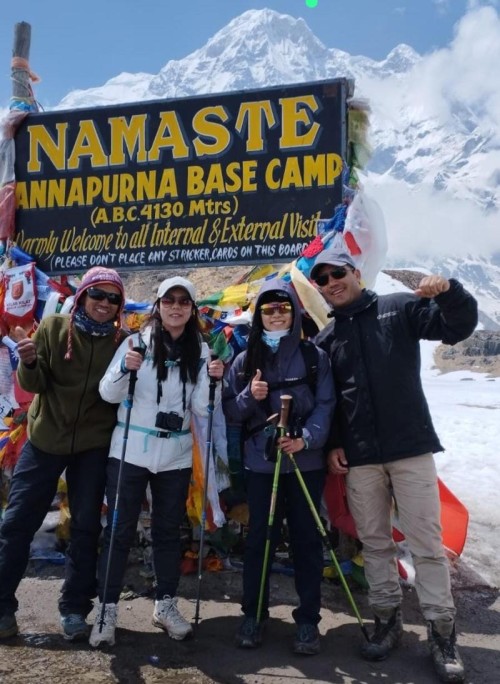
15th Jun, 2023
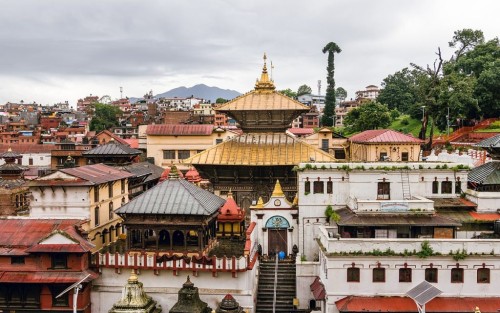
21st Feb, 2021
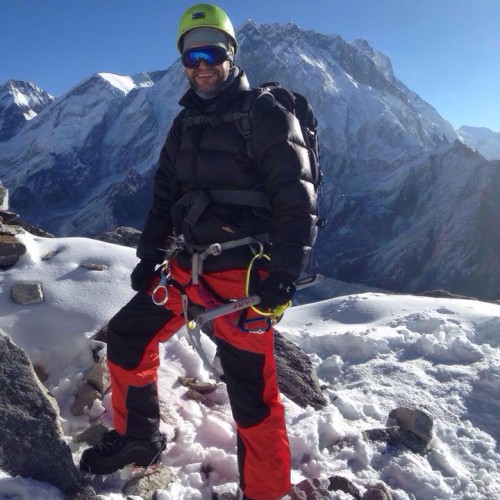
28th Feb, 2018
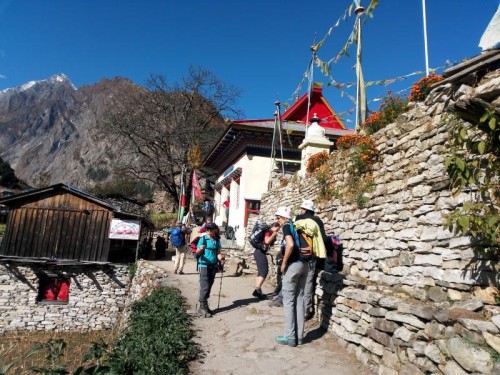
5th Sep, 2023

13th May, 2019
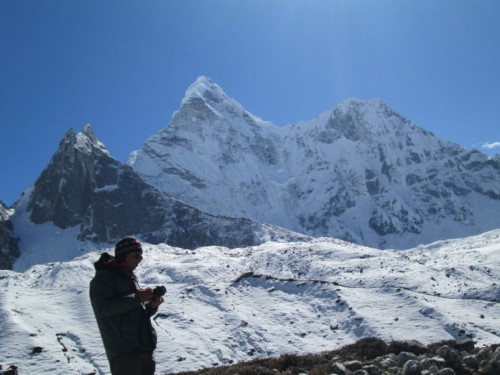
19th Feb, 2019
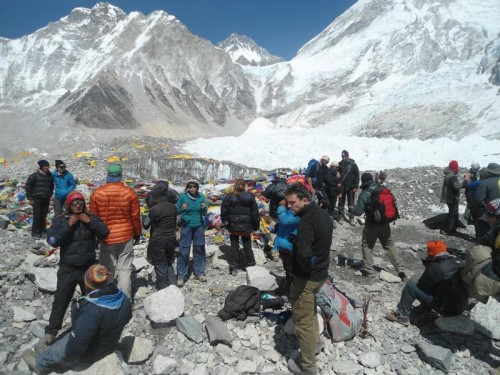
8th Feb, 2021
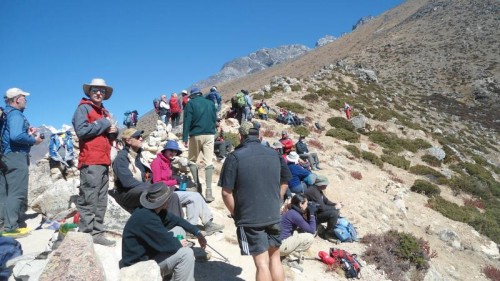
21st Jan, 2021
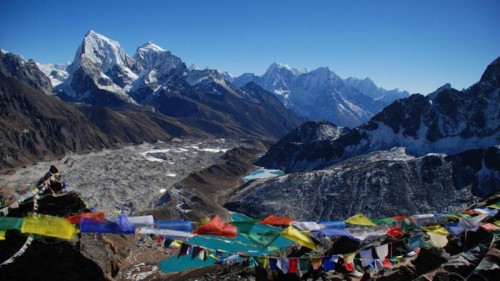
29th Jul, 2020
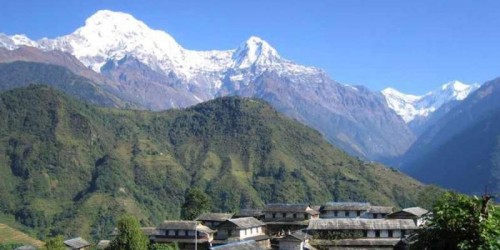
3rd May, 2019

30th Apr, 2020

3rd Apr, 2020

17th Jul, 2020
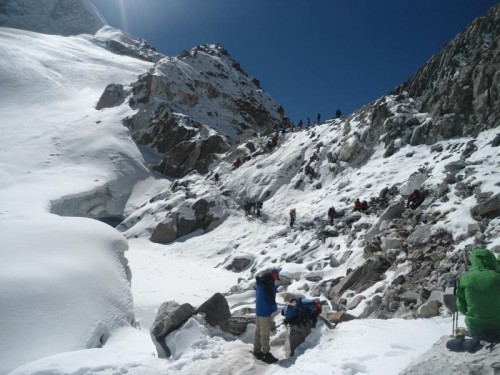
26th Mar, 2020
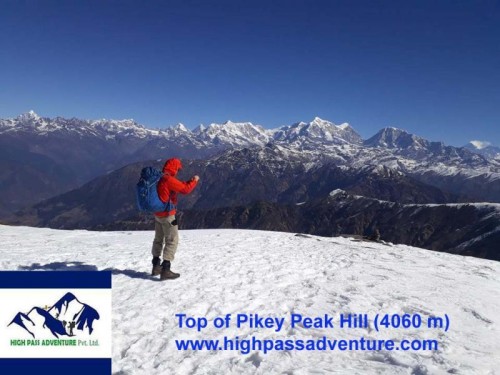
31st Mar, 2020

19th Jun, 2023
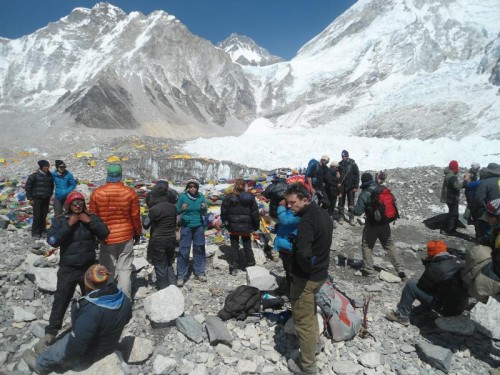
11th Feb, 2020
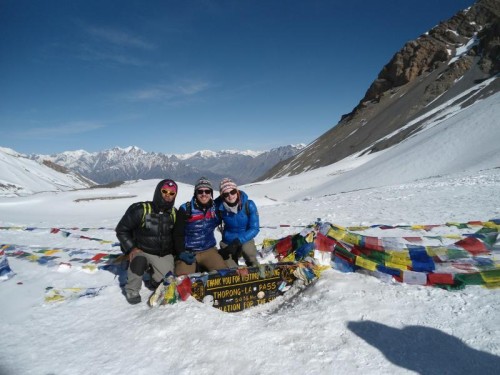
11th Mar, 2020
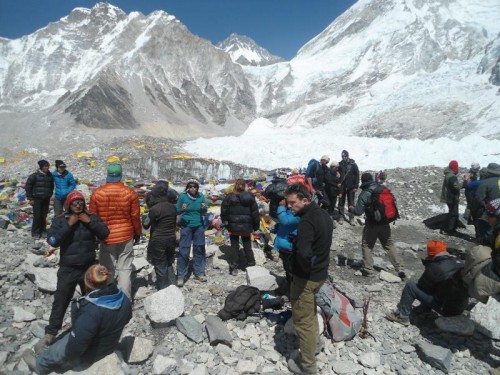
27th Sep, 2019
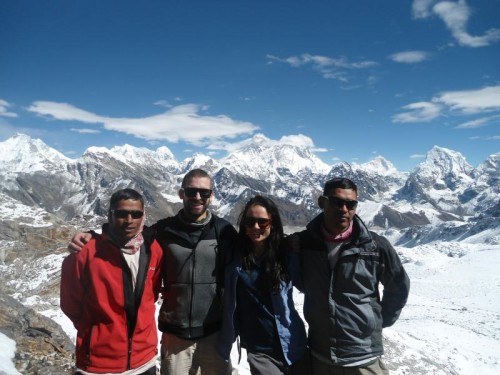
17th May, 2019
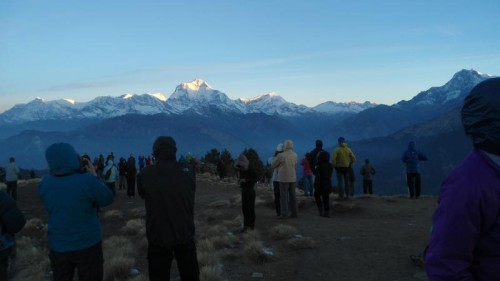
26th Jul, 2020

6th May, 2019
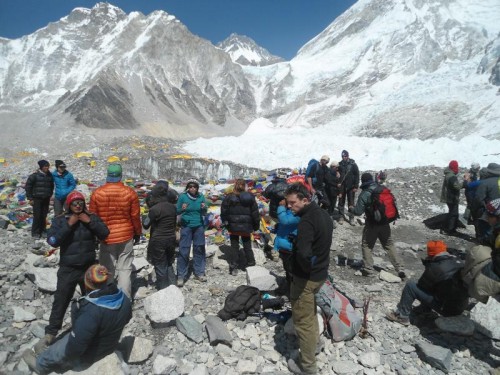
5th Mar, 2019
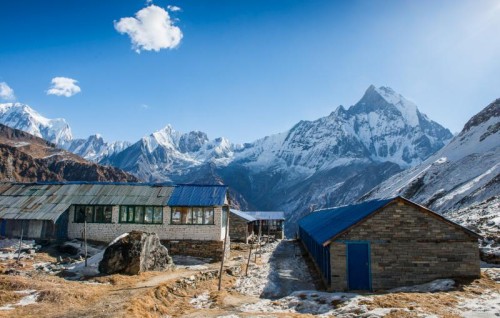
7th Mar, 2020
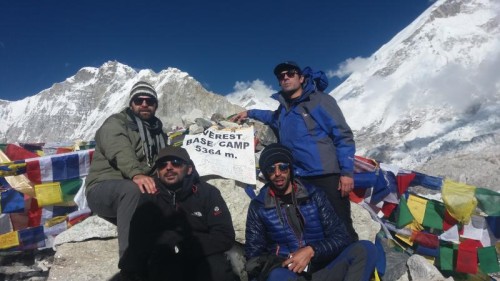
18th Feb, 2019
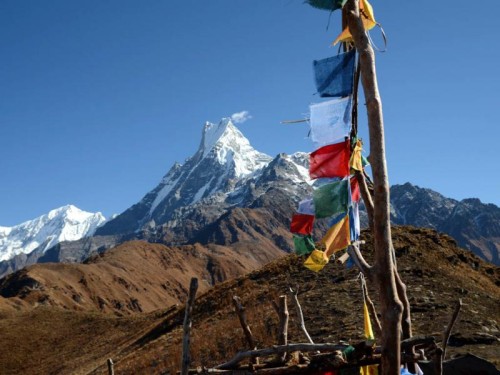
12th Sep, 2019

27th Mar, 2018
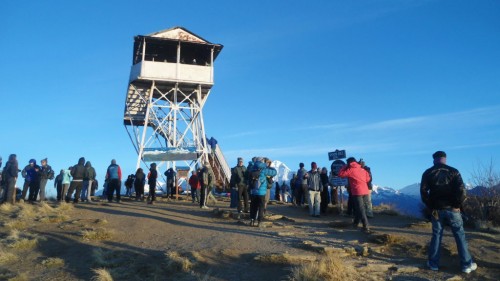
27th Mar, 2019
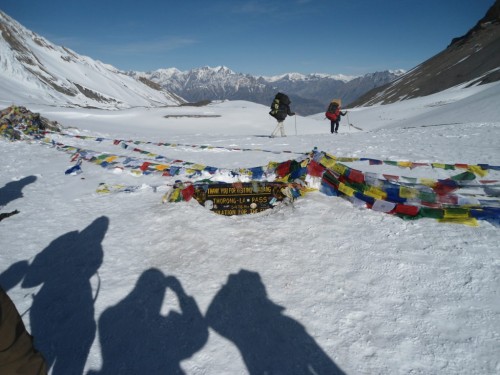
2nd Mar, 2019
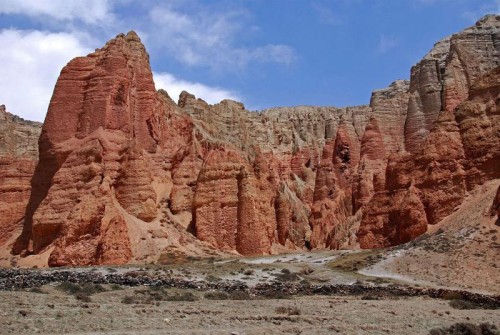
16th Jan, 2019

1st Jul, 2023
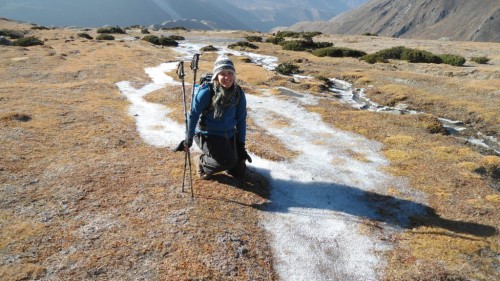
5th Jul, 2023

5th Jul, 2023

5th Jul, 2023

5th Jul, 2023
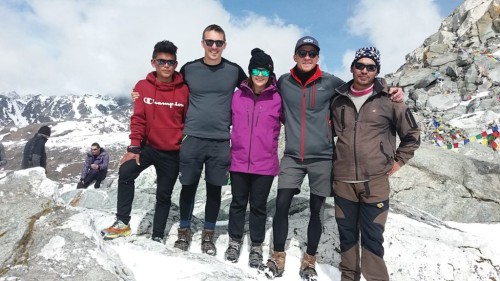
5th Dec, 2019
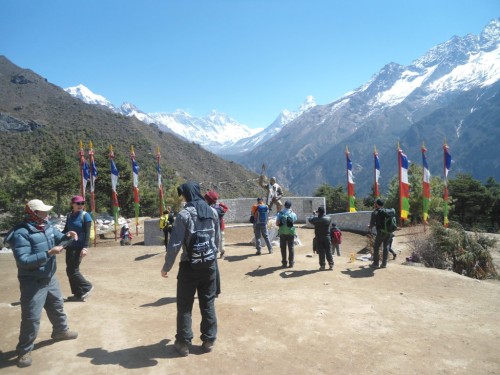
6th Jan, 2019
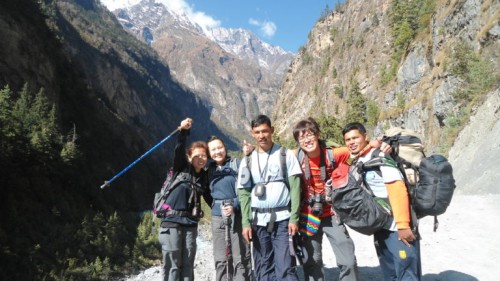
28th Feb, 2018
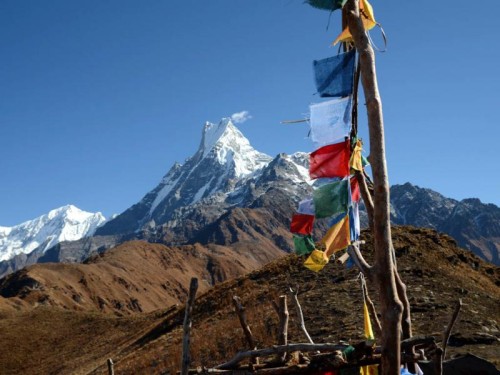
9th Dec, 2018
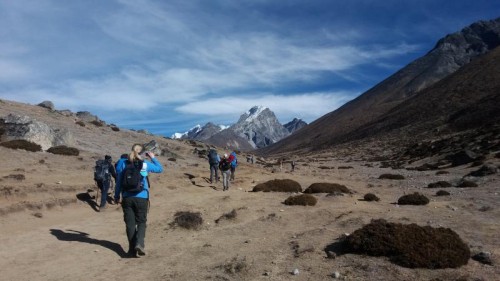
11th Dec, 2018

5th Oct, 2023

3rd Jan, 2024
.jpg)
27th Jan, 2024

29th Jan, 2024

19th Jan, 2025

7th Feb, 2025

17th Feb, 2025

9th Mar, 2025

15th Mar, 2025

18th Mar, 2025

23rd Mar, 2025

25th Mar, 2025

26th Mar, 2025

24th Apr, 2025

21st May, 2025

21st May, 2025

22nd Jun, 2025

22nd Jun, 2025
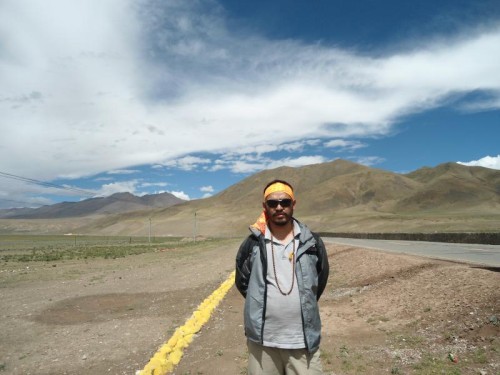
4th Jul, 2025

14th Jul, 2025

14th Sep, 2025



